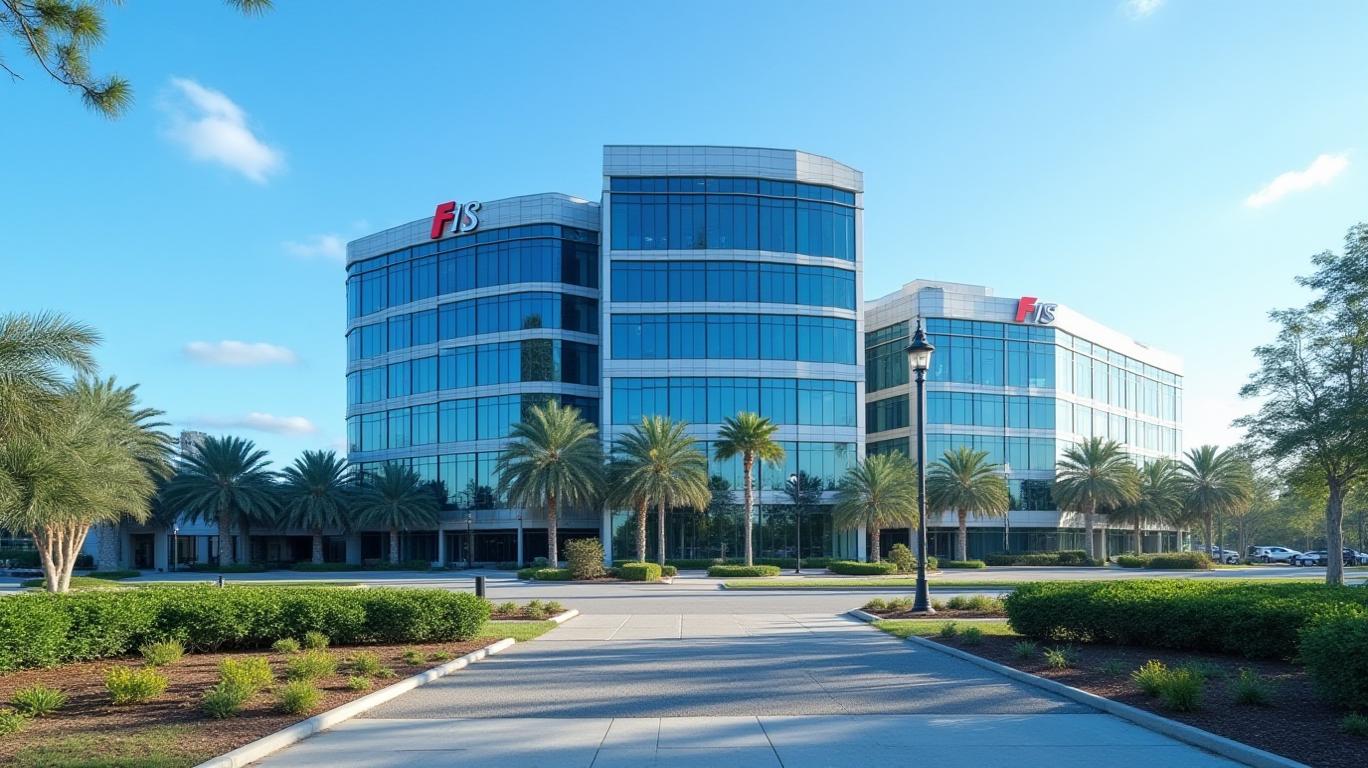FIS Faces Headwinds in Q2 Amid Spending Slowdown and Strategic Transitions
Payments processor
(FIS) has issued cautious guidance for its second quarter of fiscal 2025, citing margin pressures and operational headwinds that underscore broader concerns about slowing corporate spending and rising debt burdens. While the company reaffirmed its full-year growth targets, its Q2 outlook reveals vulnerabilities tied to its core banking operations and ambitious strategic moves. Here’s what investors need to know.
The Q2 Outlook: A Mixed Picture
FIS projects Q2 revenue of $2.56–2.585 billion, a modest sequential increase from Q1’s $2.5 billion. However, adjusted EPS is expected to rise only to $1.34–1.38, marking an 11% annual growth rate but reflecting margin contraction pressures. The company attributes this partly to comparisons with a prior-year period that included one-time license and termination fees, which inflated margins in 2024.
Key Operational Challenges
Margin Squeeze in Banking Solutions
FIS’s largest segment, Banking Solutions, saw its adjusted EBITDA margin plummet by 379 basis points in Q1 to 40.1%, due to the absence of prior-year non-recurring revenue. This segment accounts for 67% of total revenue, and its struggles highlight a reliance on volatile income streams. Management noted that “timing of expenses” and structural costs are also weighing on profitability.Corporate Costs Rise
The Corporate and Other segment reported a $99 million adjusted EBITDA loss in Q1, driven by $116 million in corporate expenses. These costs, likely tied to preparation for its upcoming $13.5 billion acquisition of Global Payments’ Issuer Solutions business, could persist into Q2, further diluting profits.Segment Imbalances
While Capital Markets grew 9% (adjusted basis) in Q1, this was fueled by a 47% spike in non-recurring license revenue, which may not repeat in Q2. Banking Solutions, meanwhile, grew just 2% in recurring revenue, underscoring uneven performance.
Strategic Transactions: A Double-Edged Sword
FIS’s plan to acquire Global Payments’ Issuer Solutions and sell its remaining 45% stake in Worldpay for $6.6 billion aims to expand its payment capabilities. However, these moves come with risks:
- Debt Burden: FIS’s debt is set to jump to $20 billion post-acquisition, with a gross leverage ratio spiking to 3.4x. While management aims to reduce this to 2.8x within 18 months, elevated debt could strain liquidity and increase interest costs.
- Regulatory Risks: Both transactions depend on regulatory approvals, which could delay their completion. A holdup would prolong uncertainty and divert management focus from core operations.
The Bigger Picture: Growth vs. Pragmatism
FIS’s full-year targets—4.6%–5.2% revenue growth and 9%–11% EPS growth—rely heavily on synergies from the Global Payments acquisition and a rebound in banking segment performance. However, macroeconomic risks loom large. A slowdown in corporate IT spending, particularly among banks consolidating operations post-pandemic, could dampen demand for FIS’s software and processing services.
Conclusion: Navigating the Tightrope
FIS’s Q2 guidance reflects a company navigating a precarious balance: expanding its footprint through acquisitions while managing margin pressures and debt. While its long-term vision—combining Worldpay’s scale with Global Payments’ issuer capabilities—is compelling, short-term execution risks remain acute.
Investors should monitor three key metrics:
1. Banking Solutions margins: A rebound to pre-2024 levels would signal operational resilience.
2. Debt deleveraging progress: FIS must demonstrate it can reduce leverage to 2.8x within its 18-month timeline.
3. Regulatory updates: Delays in closing the Global Payments deal could derail 2026 growth plans.
With $1.2 billion allocated to share buybacks this year and dividends growing alongside EPS, FIS is prioritizing shareholder returns. However, unless margin pressures ease and strategic moves proceed smoothly, its stock—currently trading at $45, below its 52-week high of $54—may remain under pressure.
In short, FIS’s Q2 softness is a symptom of its transformation journey. Success hinges on executing its vision without sacrificing profitability along the way.

Comments
No comments yet